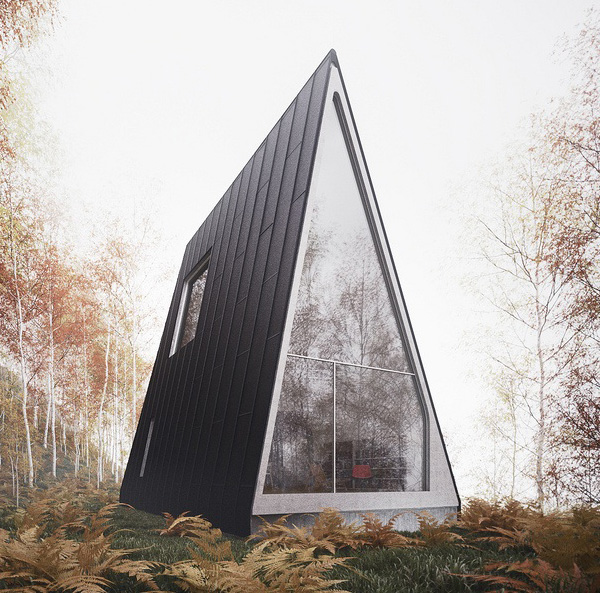Building With Papercrete Pdf Merge

A combination of paper, sand and cement who knew recycled old newspaper could build a house? Papercrete is an incredible building material that is lightweight, amazingly insulate, and low cost. Any paper can be used, including old newspapers, phone books, and cardboard. Papercrete can be formed into bricks by simply pouring the pulpy mixture into molds, then setting them into the sun to dry, similar to bricks. Once dry, the bricks can be used like traditional bricks, using more papercrete as the mortor to hold the bricks together.
May 18, 2014. Problem Definition[edit]. This page is devoted to documenting the process of building the west wall of CCAT's Greenshed using the natural building method called clay-straw slip. CCAT, or 'Campus Center for Appropriate Technology' is a student run demonstration home at Humboldt State University which. Serious Straw Bale: A Home Construction Guide for All Climates by Paul Lacinski and Michel Bergeron. Harry Potter And The Chamber Of Secrets Nl Subs Means there. The Natural House. Papercrete 11. Earthbags 12. When Are Earthbags Appropriate? Extending or Recycling the. Earthbags Forever 19. USING BASIC STRUCTURES. When you merge the natu.
For more information, read our full introductory article on. We will cover advantages/disadvantages, and the various applications of papercrete, including it’s insulative properties, in conjunction with other green and natural building constructions.

Image credits. Papercrete is recycle-reusing old paper in a slurry of sand and cement mixed and poured into molds to make any size and shape brick you please. It’s cement ‘light’, all the insulated properties you want without the weight. The recipe goes as follows: 60% paper (newspaper/cardboard/magazines), 30% sand and 10% cement. Once that puppy cures it’s a done deal holding its shape even when wet. A really useful option is being able to treat it like ‘ Rammed Earth‘ to pour the mix into forms and allow the entire wall to cure before removing the forms. If you choose to make bricks – treat them like bricks and mortar them together using more soupy papercrete and finish it off with a papercrete plaster (and a silicone sealer) to prevent water from seeping in.
On dome roofs some people have even used tar to create a waterproof layer. Dub Cars. Since ‘waterproofing’ is the biggest challenge papercrete faces, a proper waterproof foundation that prevents water from wicking up into the walls needs to be observed. However, since papercrete is much lighter than other natural building materials there is no need for massive foundations, thus cutting your construction costs considerably. A one foot thick wall has an R-value of 33, plus it acts like adobe with substantial thermal mass taking heat into itself during the day, releasing that warmth at night when temperatures fall.
A huge boon for papercrete is the low amount of sand and concrete in the mix allowing windows and doors to be literally cut out of the wall. Talk about forgiving. I especially love the idea of pouring papercrete on top of a 2 inch slab for a softer yet well insulated floor. Again, moisture, rain and run off are the biggest challenge so adequate attention must be given to drainage, overhangs, high and dry foundations and a silicone sealer (homestar sealer)with Elastomeric paint on top to expand and contract with the temperatures while keeping the water out). While this is a tasty morsel to be sure let’s review the pros and cons. Advantages of Papercrete: • Recycles paper waste • Reduces amount of concrete in build • Lighter building material is safer and easier on body to work with • A cool project for the DIYer • Minimal equipment is needed to make your own bricks • Easy technique to learn • Forgiving medium to work in • Lends itself to curvy, artistic expression • Papercrete brick manufacturers have emerged • Lite weight only requires a 2inch concrete pad for a foundation • Tech.
Comments are closed.